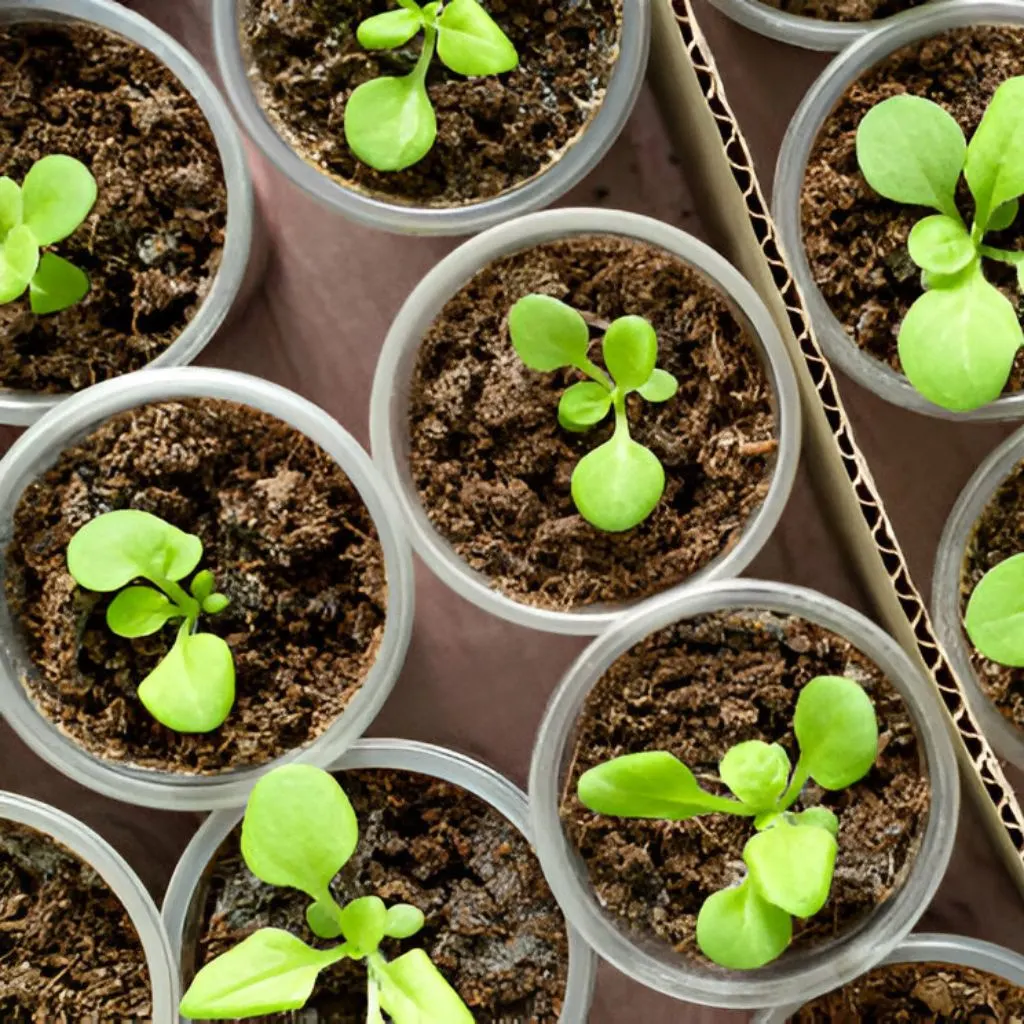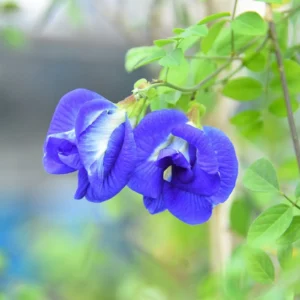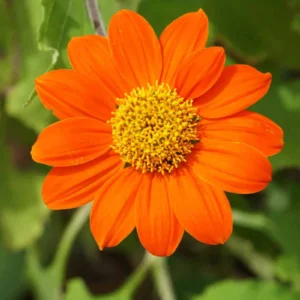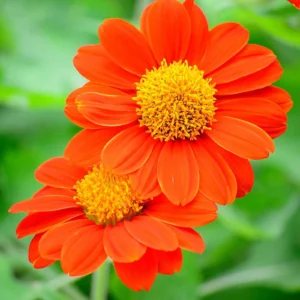What’s in the Box
- Celosia Mix Seeds
- Sowing instructions printed on backside of Seed Packet
- Recyclable Pouch
Introduction
Celosia, commonly known as the cockscomb flower, is a vibrant and versatile addition to any garden. With its bright, flame-like blossoms and feathery plumes, celosia adds a dramatic splash of color and texture to landscapes and floral arrangements. Native to tropical regions of Africa and Asia, this striking annual has won the hearts of gardeners worldwide for its easy cultivation, long blooming season, and striking aesthetic appeal. Whether you are a seasoned gardener or a novice, celosia offers an opportunity to grow a stunning flower that requires minimal care once established.
Celosia belongs to the Amaranthaceae family and includes several varieties, such as Celosia argentea, Celosia cristata, and Celosia spicata. These varieties can be broadly categorized into three groups based on their flower forms:
- Cockscomb (Celosia cristata): Known for its wavy, brain-like flower heads that resemble a rooster’s comb, this type is particularly striking in gardens.
- Plume (Celosia argentea var. plumosa): These have feathery, plume-like flowers that are soft and fluffy, giving a dynamic and airy feel to garden beds.
- Wheat (Celosia spicata): This variety features flowers that resemble wheat heads, offering a more understated, elegant aesthetic compared to the other types.
Celosia comes in a range of colors, including red, pink, orange, yellow, and white, making them a versatile choice for various garden themes. In addition to their beauty, celosia flowers are also valued for their long vase life, making them a favorite in cut flower arrangements.
Guide to the Germination Process, Soil & Fertilizer, Watering & Pest Control Requirements for Celosia Flower Seeds

Seeds Germination Process
Seed Preparation: Celosia seeds have a hard outer coat, which can slow down germination. To enhance germination, soak the seeds in lukewarm water for 12-24 hours before sowing. This softens the seed coat, allowing moisture to penetrate and activate the germination process.
Planting Medium: Use a well-draining potting mix. A mixture of peat, perlite, and compost is ideal. Ensure the soil is light and loose to promote good root development.
Planting: Sprinkle the celosia seeds thinly over the soil surface. Celosia seeds are tiny and require light to germinate, so press them gently into the soil without covering them completely.
Containers: You can start seeds in seed trays, pots, or directly in your garden bed. If using containers, ensure they have good drainage holes.
Watering: Keep the soil consistently moist but not waterlogged. Overwatering can lead to fungal problems or rot. Use a gentle spray to avoid washing the seeds away.
Temperature: Butterfly Pea seeds germinate best at temperatures between 21-24°C (70-75°F). If you’re in a cooler climate, consider using a seedling heat mat to maintain optimal temperatures.
Light: celosia Seeds typically need indirect light to germinate. Once seedlings emerge, they will benefit from bright, indirect light. If you’re growing indoors, a grow light can be helpful.
Germination Time: Seeds generally take about 1-2 weeks to germinate, although it can vary. Be patient and keep the conditions optimal for best results.
Soil & Fertilizer Requirement
Loosen Soil: Ensure the soil is loose and aerated. If you’re planting in a garden bed, loosen the soil to a depth of at least 12 inches (30 cm) and mix in organic matter like compost to enhance fertility and drainage.
Balanced Fertilizer: A balanced, all-purpose fertilizer with equal parts NPK 19:19:19 works well. This promotes overall growth and flowering.
Organic Options: Compost or well-rotted manure can be excellent alternatives to synthetic fertilizers, providing a steady release of nutrients and improving soil health.
Application: For established celosia plants, fertilize every 4-6 weeks during the growing season (spring through late summer). Reduce fertilization during the fall and winter months when growth slows down.
Flowering: If the celosia plant is not flowering well, it may benefit from a fertilizer higher in phosphorus, as phosphorus supports blooming. A bloom booster formula can be used occasionally if needed.
Avoid Over-Fertilizing: Too much fertilizer, especially high-nitrogen types, can lead to excessive foliage growth at the expense of flowers and can potentially harm the plant.


Watering Requirement
Regular Watering: Celosia plants generally prefer consistent moisture. Water the plants regularly, ensuring the soil stays evenly moist but not waterlogged.
Drought Tolerance: Once established, celosia plants can tolerate some drought, but it’s still best to water during dry spells to keep them thriving and flowering well.
Deep Watering: Water deeply to encourage deep root growth. Shallow watering can lead to shallow roots and reduced drought resistance.
Avoid Overwatering: Ensure good drainage to prevent waterlogging, which can lead to root rot. The soil should be well-draining, and excess water should be able to escape easily from the planting area.
Climate Dependent: Adjust your watering schedule based on the climate and weather conditions. In hot, dry weather, you may need to water more frequently. In cooler, rainy conditions, reduce watering accordingly.
Pest Control Requirement
Aphids: These small insects can suck sap from the celosia plant, leading to stunted growth and leaf distortion. They are often found on new growth and can be controlled with insecticidal soap or neem oil.
Spider Mites: These tiny pests can cause leaf discoloration and webbing. They thrive in dry conditions. Increase humidity around the plant and use miticides or insecticidal soap if needed.
Caterpillars: Various caterpillars can feed on the leaves. Hand-picking or using organic insecticides like Bacillus thuringiensis (Bt) can help manage them.
Powdery Mildew: This fungal disease appears as a white, powdery substance on leaves. Improve air circulation, avoid overhead watering, and use fungicides if necessary.
Root Rot: Caused by overwatering and poor drainage. Ensure soil drains well and avoid waterlogging. Use fungicides as a last resort if root rot develops.
Regular Inspection: Check celosia plant regularly for signs of pests or disease. Early detection and intervention can prevent more serious problems.






















Reviews
There are no reviews yet